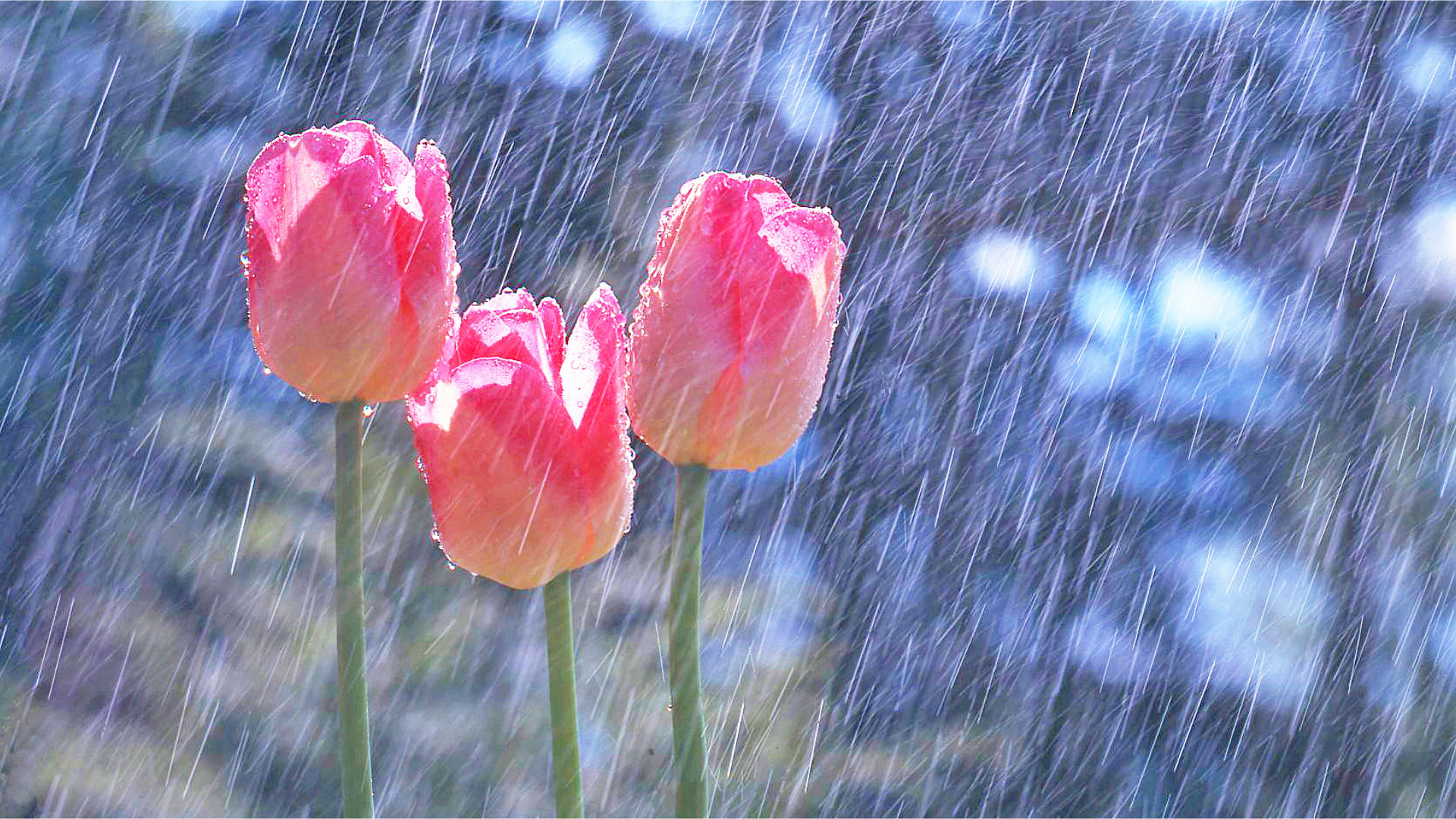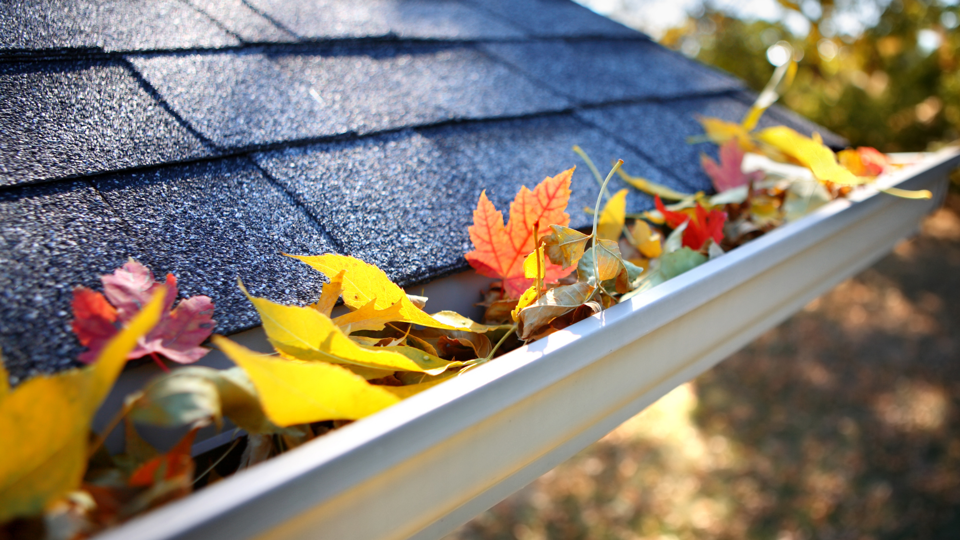Heavy rainfall can overwhelm your home’s drainage system — fast. Clogged gutters, blocked storm drains, or slow interior drains can quickly escalate into standing water, flooded basements, and costly water damage. With intense rainstorms becoming more frequent due to changing weather patterns, it’s more important than ever to prepare your drains and sewer lines before the skies open up.
Here are five expert-recommended steps to prevent drainage issues and protect your home from flooding during heavy rain.
1. Clear Debris from Outdoor Drains and Catch Basins
Blocked storm drains are a leading cause of street and yard flooding during heavy rain. Leaves, twigs, mulch, and litter can collect around curbside grates, catch basins, and driveway drains — preventing proper water flow and forcing water back toward your home.
Quick Tip: Use a rake or gloved hands to remove visible debris before the rain starts. Keep an eye on curb drains in your neighborhood too — especially if your home sits at a low point.
2. Inspect and Clean Your Gutters & Downspouts
Gutters and downspouts that are clogged with leaves, pine needles, or sludge can overflow and dump rainwater around your foundation — increasing the risk of basement flooding and foundation damage.
- Make sure all gutters are clear
- Check that downspouts direct water at least 3–6 feet away from the home
Pro Tip: Install gutter guards to reduce buildup and simplify seasonal cleaning.
3. Check for Slow Drains Inside Your Home
Are your sinks, tubs, or basement floor drains slow to empty? That’s a red flag — and not just during a storm. Even partial blockages can become full-blown backups when sewer systems get overwhelmed by heavy rain.
What to Watch For:
- Gurgling drains
- Standing water in tubs or showers
- Unpleasant drain odors
Solution: Schedule a professional drain cleaning before the next major rainfall to avoid indoor flooding and water damage.
4. Test Your Sump Pump Before the Storm Hits
If your home has a basement, your sump pump is your last line of defense against rising groundwater and interior flooding. A power outage or malfunctioning pump during a storm can spell disaster.
Testing Tip: Pour a bucket of water into the sump pit and make sure the pump activates and discharges the water outside.
If it fails, call for sump pump service or consider a backup battery system.
5. Schedule a Professional Drain Inspection & Cleaning
Even if everything seems fine, unseen issues like tree root intrusion, grease buildup, or misaligned pipes can make your system more vulnerable during heavy rain. A narrowed or partially blocked pipe is more likely to back up when stormwater puts extra pressure on your sewer system — especially in older homes or areas with combined sewer systems.
Zoom Drain’s Spring Drain Cleaning Package Includes:
- High-pressure hydro jetting to clear interior and exterior lines
- Video camera inspection to spot hidden issues
- Sump pump check for peace of mind
- Free Zoom Drain Bio treatment to keep lines cleaner, longer
Don’t Let Heavy Rain Lead to a Drain Disaster
Preparation is key — especially with wetter seasons becoming the norm. Protect your home, foundation, and peace of mind by addressing drainage issues before the next major storm.
Call Zoom Drain today to schedule your Spring Drain Cleaning Package and stay dry, safe, and worry-free this rainy season!






[6].0000000000000.png)